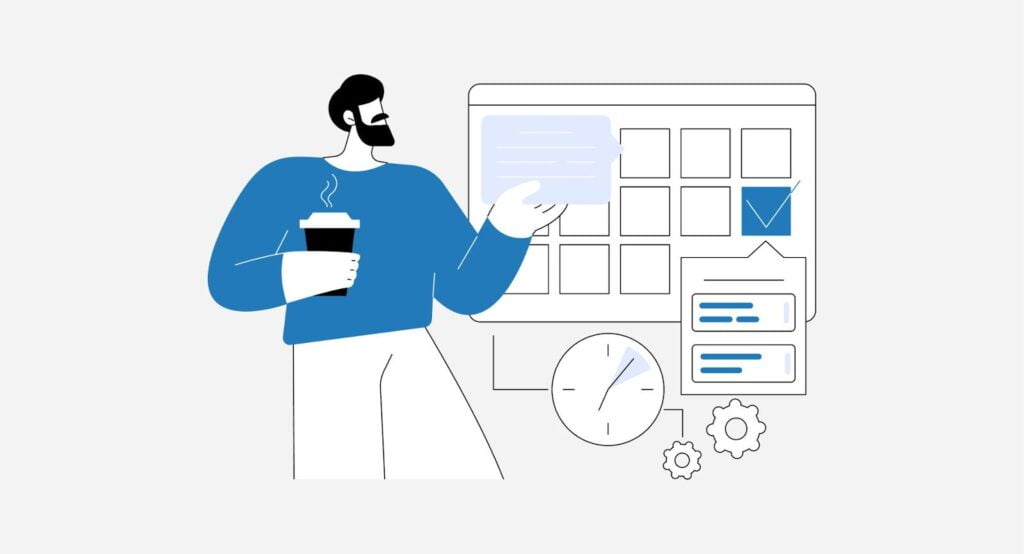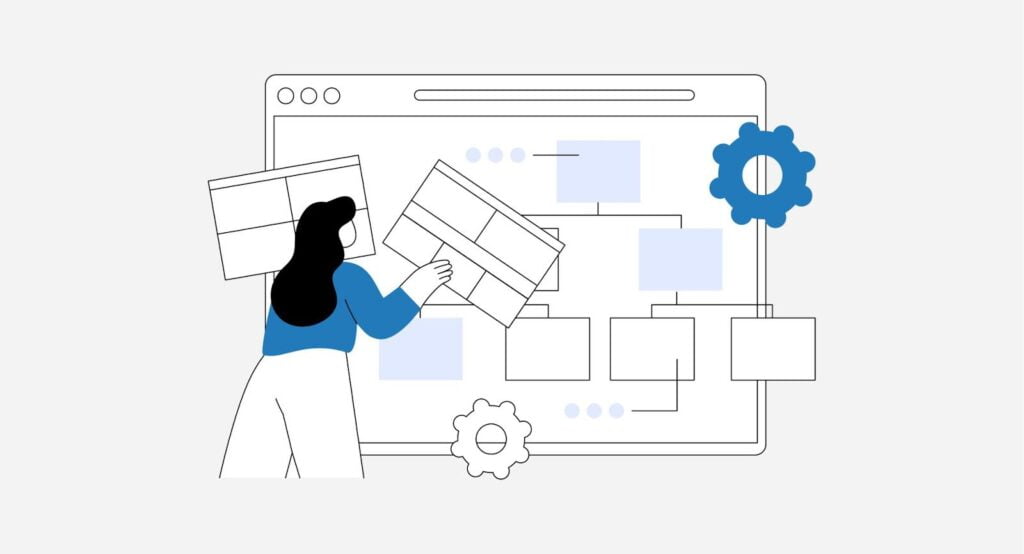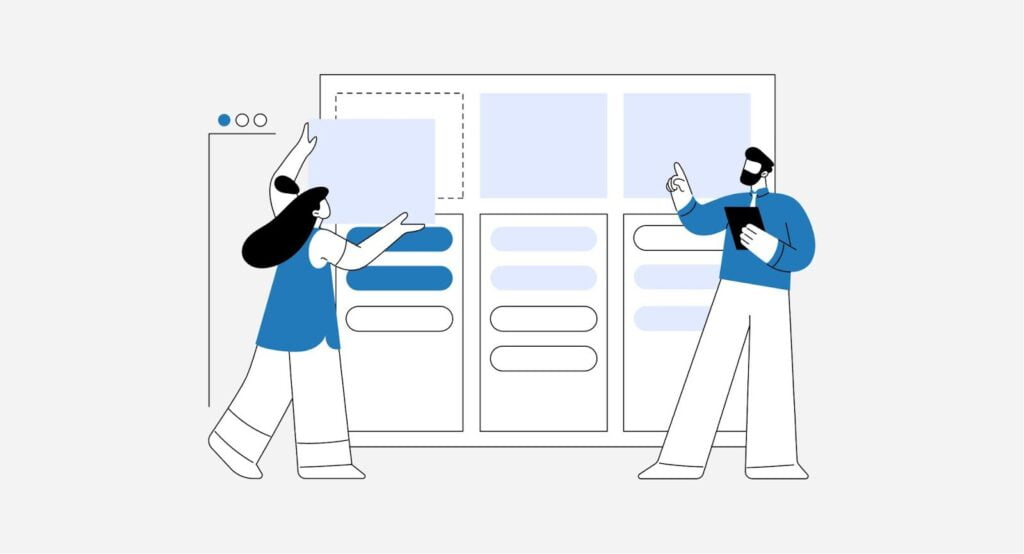UX/UI in Agile Software Development

Software development relies heavily on user experience and interface to ensure the product meets user expectations. For the design implementation to be efficient and effective, UX and UI designers must work closely with developers in an Agile team. However, there is no defined manner in which this should be done. This article will consider various points on when to involve UX/UI designers in Agile Development.
What to consider when involving UX/UI in a Scrum team

The role of UX/UI in Agile can vary depending on the specific needs and goals of the project, but here are some general points to consider before involving UX and UI designers in a Scrum team:
Team Structure: Determine whether the UX designers will be integrated into the Agile Development team, or will be part of a separate UX team. A successful user experience requires close collaboration between UX designers, developers, and Product Owners.
Workflow: Identify the current workflow and processes of the Agile team, and consider how UX fits into those processes. Throughout the development process, it’s important to ensure that UX designers and developers communicate and collaborate effectively.
Time and Budget: When UX design is introduced to an Agile team, it may require additional resources and time. Consider whether the team has the resources to support UX design, and how UX design may be balanced with other development priorities.
Scope of the project: UX design heavily depends on user research and testing. Consider how UX designers and Product Owners will collaborate to incorporate user feedback into their Agile process.
Agile Mindset: The development team should adopt an Agile mindset and be open to incorporating UX design. Collaborative work and continuous improvement are crucial to achieving this.
Training: If the team has no experience with UX, provide them with training and resources so that they will understand how to incorporate it into their Agile process.
Integrating UX/UI within the Scrum team

Agile methodology is an iterative and collaborative software development approach involving continuous feedback and testing. User experience (UX) and user interface (UI) design are significant considerations in Agile Software Development. However, the Agile Manifesto doesn’t discuss any sort of non-engineering design. To help you better understand this topic, here are some approaches you might consider:
Integrated Sprints where UX designers, developers, and testers work together as a Scrum team
This solution has a few gaps in the overall understanding of Sprints. A Sprint aims to deliver a working increment of a service/product. So here are the most significant issues when incorporating design into the ongoing Sprint:
- Working on a feature that needs to be developed within a Sprint can significantly impact ticket estimation and Sprint success.
- When design work that needs to be developed in the future Sprint is added to stand-ups and meetings, the focus on the specific feature in development might be distorted. Due to the complexity of the design, it is also possible for one design to go through multiple Sprints and be spread across several Sprints.
- It’s difficult to define whether the design work is ready, since feedback on proposed solutions, functionalities, mockups, or prototypes is needed from customers. It is crucial to keep UX work ahead of development so that things are not delayed in a Sprint.
Backlog Refinement tickets
Instead of participating in Sprints, designers work on Backlog Refinement tickets. The tickets in the backlog should have their “Definition of ready” clarified. Once finalized, developers can include it in the Sprint after clarifying all the aspects with designers during planning.
Running a design Sprint in parallel with a development Sprint
This approach gives transparency to everyone involved in the project, and it’s easier to track design work progress. UX can have a separate Kanban board with columns such as research, prototypes, and review, all things required to have something ready for development.
This approach should also be combined with close collaboration and communication with developers working on design implementation.
Meetings and communication
Designers should be reachable and able to explain any unexpected issues or additional questions during the Sprint. It is also pretty common for designers to have regular design check-in meetings that include all the parties that could have a significant impact on the product development process, such as stakeholders, Product Owners, Quality Assurance specialists, and developers, to make sure that the design is feasible in aspects such as budget, time scope, level of difficulty in implementation, etc. During such meetings, they can discuss the current design solutions, suggest changes or define the next steps of the design process.
Conclusions
UX/UI designers are often involved in more than one project at the same time. Everything depends on the project’s scope and requirements. Whether it’s a complete platform redesign, developing a new concept from scratch, or designing a single feature in an existing system, the UX/UI work should be transparent and closely aligned with the Agile flow for the most effective results.
Check out the work of our UX/UI designers in practice here.












